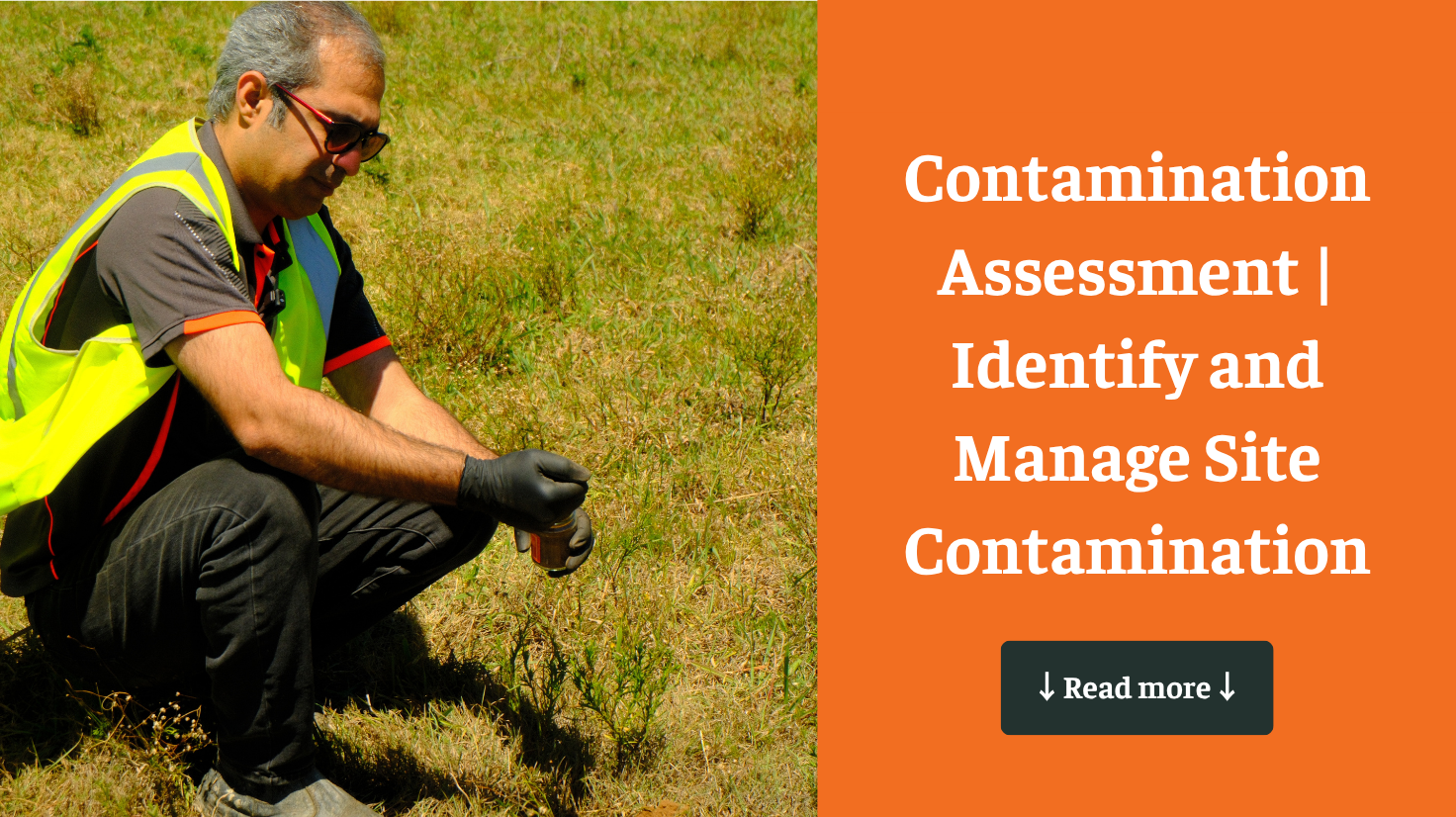In the world of construction and land development, lot classification, soil classification, and site classification are crucial terms, each playing a vital role in determining the suitability of land for various construction projects. Although these terms are interconnected, they refer to different aspects of land assessment, each with its own set of criteria and implications. This article explores the differences between these classifications and highlights their importance in the construction and planning process.
1. Lot Classification: The Legal Framework
Definition: Lot classification categorises a specific parcel of land (often called a “lot”) based on legal, regulatory, and zoning criteria. This classification determines what can and cannot be built on a particular piece of land.
Key Factors:
- Zoning Regulations: These dictate the permissible uses of the land, such as residential, commercial, industrial, or agricultural.
- Lot Size and Shape: These physical attributes influence the type of structures that can be built, including setback requirements (the distance between the structure and property boundaries), building height restrictions, and floor area ratios.
- Location: The proximity to essential services, roads, and other infrastructure also influences lot classification.
Purpose: Lot classification ensures that land use aligns with local laws and community planning objectives. It guides architects, developers, and engineers in designing structures that comply with local building codes and regulations.
Example: In a residentially zoned area, lot classification might require that only single-family homes be built, with specific guidelines on building height and distance from the property line.
2. Soil Classification: The Foundation of Construction
Definition: Soil classification categorises soil types based on their physical and chemical properties. Understanding soil classification is crucial for predicting how soil will behave under different conditions, especially when supporting buildings and other structures.
Key Factors:
- Soil Texture: The relative proportions of sand, silt, and clay determine soil texture, which affects drainage capabilities and stability.
- Soil Composition: This includes organic matter, minerals, and other components that influence the soil’s load-bearing capacity.
- Moisture Content: The water present in the soil significantly impacts stability, especially in regions prone to flooding or with high water tables.
- Density and Compaction: These properties affect how much the soil compresses under the weight of a structure, influencing foundation design.
Purpose: Soil classification is essential for designing appropriate foundations and ensuring long-term structural stability. Engineers use this information to determine whether soil needs treatment, such as compaction or stabilising materials, and to identify the most suitable foundation type for the site (e.g., slab, pier, or pile).
Example: A site with sandy soil, which drains well but has low cohesion, might require deep foundations or soil stabilisation techniques to support a heavy structure.
3. Site Classification: A Comprehensive Evaluation
Definition: Site classification provides a broad assessment of a piece of land, considering not only soil properties but also topography, drainage, seismic activity, and other environmental factors. This classification offers a holistic understanding of the site’s characteristics, crucial for safe and efficient construction.
Key Factors:
- Topography: The slope and elevation of the land influence drainage, erosion risk, and foundation type.
- Seismic Considerations: In earthquake-prone areas, site classification evaluates ground shaking potential, soil liquefaction, and landslide risks.
- Drainage Patterns: Proper drainage prevents water accumulation around the foundation, which can weaken the soil and cause structural damage.
- Climate and Weather: Local climate conditions, such as rainfall, temperature extremes, and wind patterns, impact site classification and building design.
Purpose: Site classification ensures that buildings withstand the specific conditions of the site. It influences foundation design, materials, structural systems, and even building orientation.
Example: A site on a steep hillside with clayey soil in a seismic zone requires specialised foundation designs, such as deep piers or retaining walls, to prevent landslides and ensure stability during an earthquake.
4. Why These Classifications Matter
Understanding the distinctions between lot classification, soil classification, and site classification is crucial for anyone involved in construction and land development. Each classification addresses different aspects of land assessment:
- Lot classification ensures compliance with local regulations and zoning laws, guiding what can be built and where.
- Soil classification focuses on soil’s physical properties, directly impacting foundation type and construction methods.
- Site classification provides a comprehensive understanding of the site’s overall characteristics, ensuring design and construction suit the specific environmental conditions.
Together, these classifications form the foundation of safe, efficient, and legally compliant construction projects. By considering each of these aspects, developers and engineers design buildings that are not only structurally sound but also appropriate for their location and intended use.
Accurately assessing lot, soil, and site conditions is essential for any construction project’s success. However, these assessments require expertise and experience. Ideal Geotech specialises in providing comprehensive geotechnical assessments, including detailed soil testing, site classification, and lot evaluations. Our team ensures that your project starts on a solid foundation, whether you’re planning a residential development, commercial building, or any other type of construction.
5. Why Choose Ideal Geotech?
- Comprehensive Services: We offer a wide range of geotechnical services tailored to your project’s needs
- Experienced Professionals: Our team has extensive experience, ensuring accurate and reliable results.
- Local Knowledge: We understand local conditions and regulations in Australia, providing thorough and compliant assessments.
Don’t leave your project’s foundation to chance. Contact Ideal Geotech today to ensure that your construction project is built on a solid and reliable foundation. Visit our website at idealgeotech.com.au to learn more about our services and to schedule a consultation.
6. Conclusion
In conclusion, while lot classification, soil classification, and site classification may seem similar, each plays a distinct role in the construction and planning process. By understanding these differences and applying the appropriate classification methods, construction professionals can ensure their projects are built on a solid foundation, both literally and figuratively. With expert services from Ideal Geotech, you can have peace of mind knowing your project is supported by the best in the industry.






